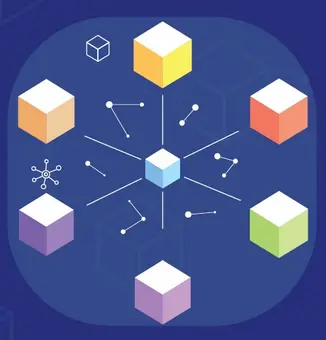this post was submitted on 05 Mar 2024
7 points (64.0% liked)
Monero
1664 readers
12 users here now
This is the lemmy community of Monero (XMR), a secure, private, untraceable currency that is open-source and freely available to all.
Wallets
Android (Cake Wallet) / (Monero.com)
iOS (Cake Wallet) / (Monero.com)
Instance tags for discoverability:
Monero, XMR, crypto, cryptocurrency
founded 1 year ago
MODERATORS
you are viewing a single comment's thread
view the rest of the comments
view the rest of the comments

Hi, indeed this is not possible with Monero for various reasons (coinbase verification; can't identify spent TX outputs). In case you don't know, the Mina cryptocurrency has solved this blockchain storage issue. A fixed-size (<30KB) cryptographic proof is enough to validate the entirety of the current state (the latest block).
It requires a network of proof generators with incentives in addition to the block producers. Scalability is not great (similar to BTC) and does not provide anonymity (not a priority either). Checking the state is computationally intensive too (not suitable for smartphones; requires around 10GB of RAM).
It is improving on relatively new cryptography techniques (ZKSnarks), likely to evolve (less stable protocol than BTC; security not battle-tested).
This is pretty exciting. I hope as this kind of technology develops we can integrate it into Monero. It would be great to not have to worry about spam attacks bloating the chain and making it more difficult for everyone to use Monero.